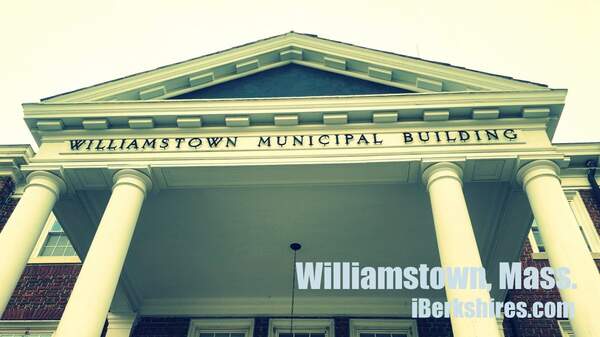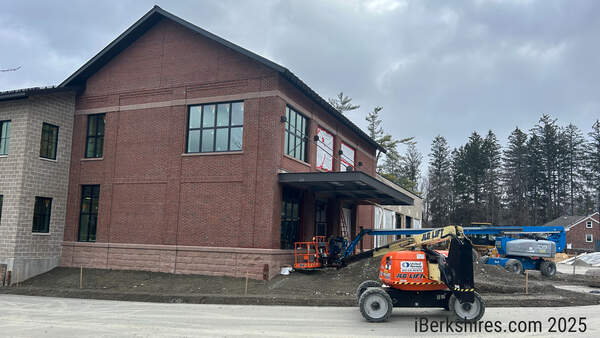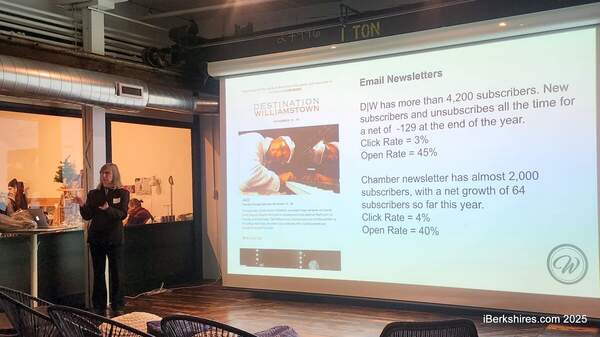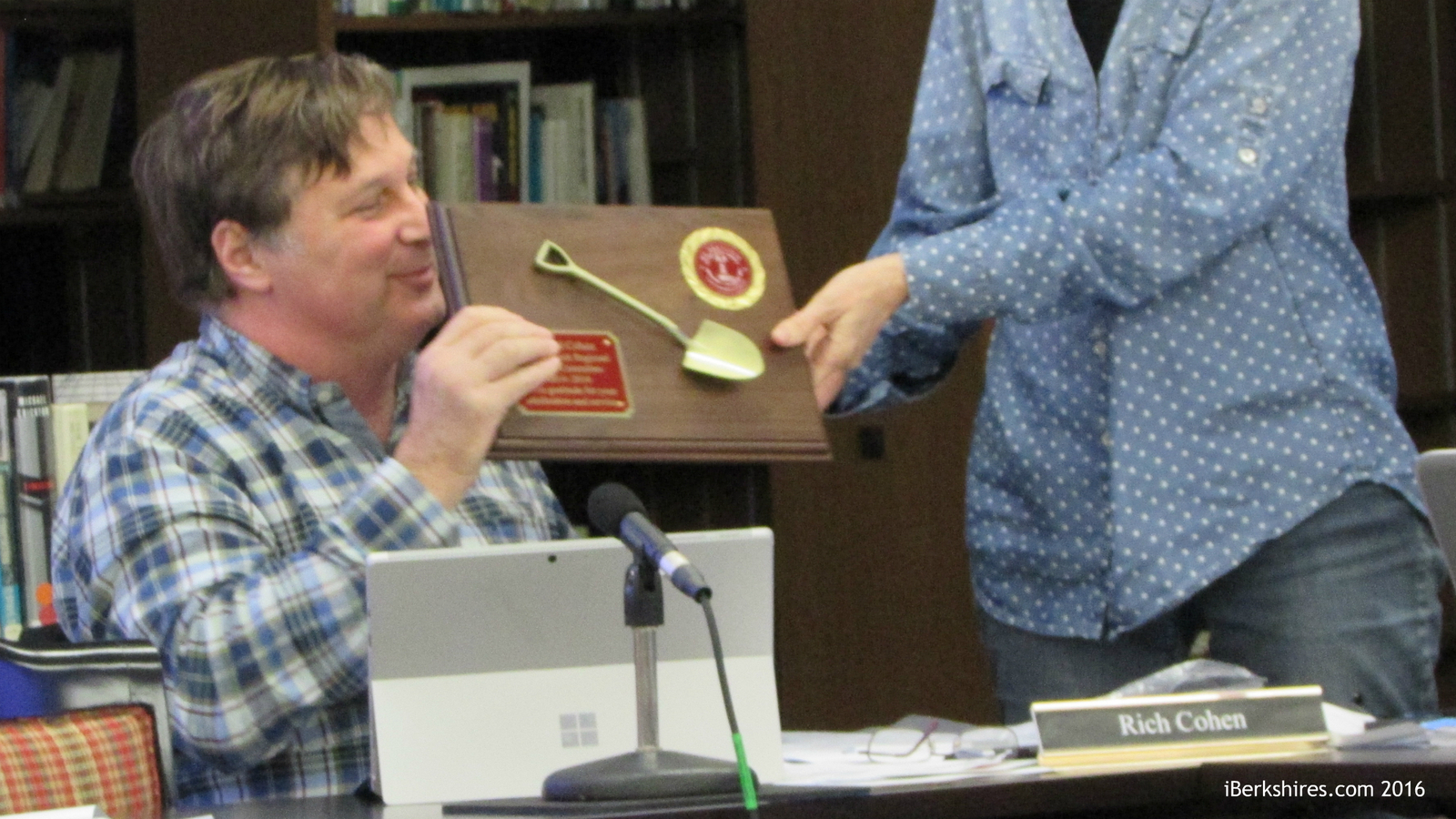
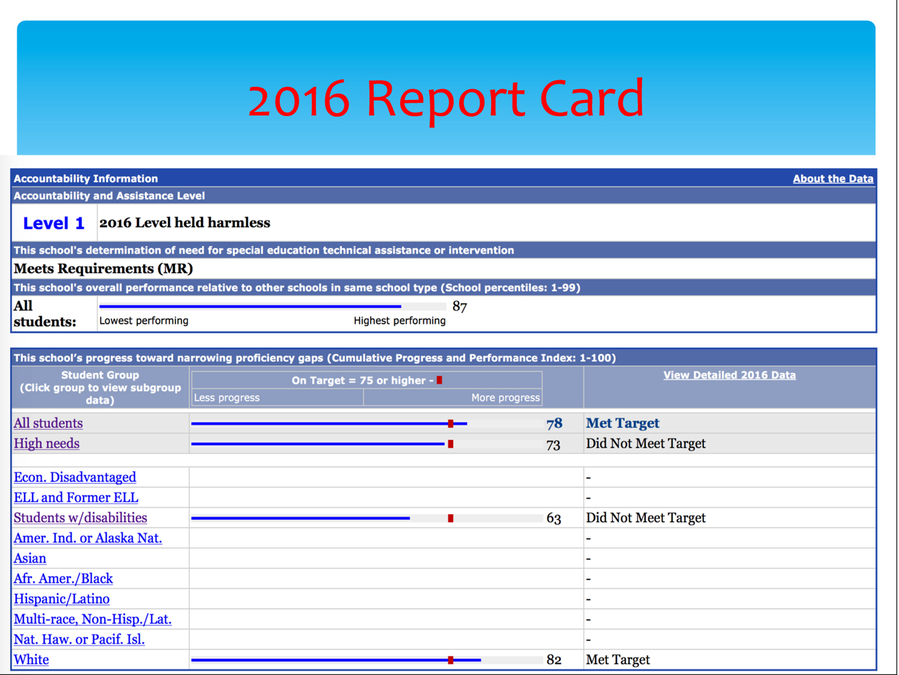
Mount Greylock School Maintains Level 1 Ranking
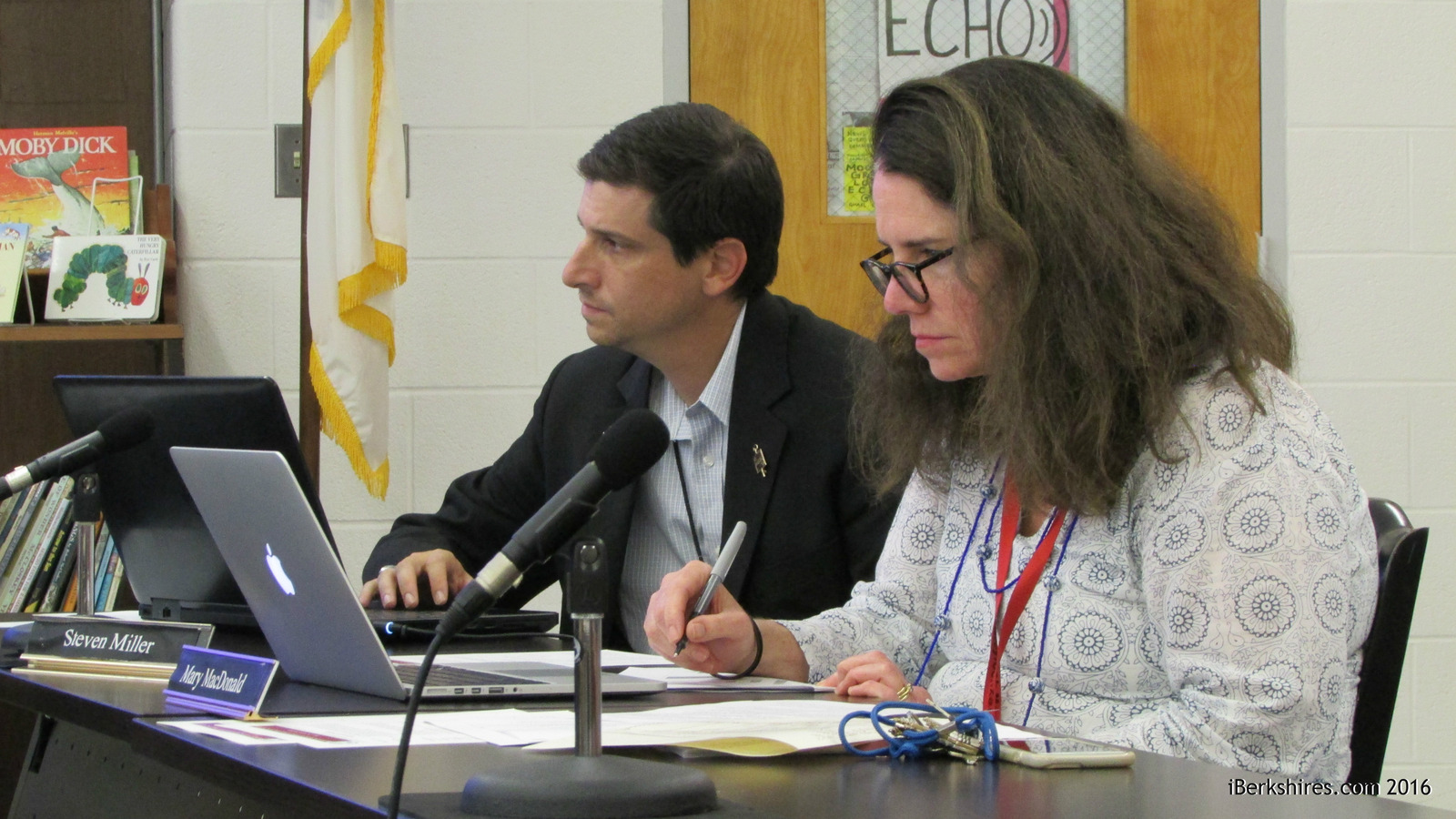
WILLIAMSTOWN, Mass. — Mount Greylock Regional School has maintained its Level 1 rating, but it would have dropped down if the spring standardized tests had been counted.
For the first time last spring, some Mount Greylock students were tested using the new Partnership for Assessment of Readiness for College and Careers (PARCC) standardized test, while the rest took the traditional MCAS exam.
Principal Mary MacDonald told the committee that because of the transition from Massachusetts Comprehensive Assessment System to PARCC, the school was able to retain its Level 1 status with the state regardless of test results. This spring, the state expects to implement "MCAS 2.0," a combination of both tests.
If Mount Greylock had been rated based on the test scores, it likely would have slipped to Level 2, MacDonald said. The issue — not a new one at the junior-senior high school — would have been its failure to meet the state's target for closing the gap between the general population and "high needs" students.
According to the state Department of Elementary and Secondary Education's "Cumulative Progress and Performance Index," Mount Greylock scored a 78 for all students — surpassing the target of 75 on a scale of 0 to 100. But in the high needs subgroup, the school scored a 73, just missing the target.
"The whole focus as we think about accountability is not just performance but closing the gap between high needs students and high performing students," MacDonald told the School Committee last Tuesday.
Another general point of concern continues to be the school's performance on science standardized tests.
While math and English scores continue to be grouped on the higher ends of the scales for both MCAS and PARCC tests across grade levels, eighth-grade science and introductory physics scores continue to lag.
As part of its effort to address that concern, Mount Greylock's middle school science teachers are reaching out to the sixth-grade teachers at Williamstown and Lanesborough Elementary Schools to try to coordinate the curricula, MacDonald said.
Such an effort would be easier if the junior-senior high school was part of a K-12 district, and idea of regionalization was raised again on Tuesday as part of the committee's discussion of its goals for 2016-17.
Several years ago, Mount Greylock decided to back-burner a push to unite the regional district with its feeder schools in the two member towns, Williamstown and Lanesborough. The committee decided it needed to focus on pushing its school building project once Mount Greylock was invited into the Massachusetts School Building Authority pipeline. Now that the building project is well under way, the School Committee decided to revive the regionalization discussion with an eye toward bringing the question to a vote in the member towns.
In other business, the committee discussed its budget timeline for fiscal 2018, a conversation that led Committee member Richard Cohen to again raise an issue that has vexed him in the past: the committee's role in setting budget priorities for the district.
Cohen, attending his final committee meeting before stepping down, as he announced months ago, cited a School Committee policy that its October meeting is the time for the committee to vote on budget priorities that can be used by the administration and committee going forward in the budget process.
He questioned why the administration did not come to Tuesday's meeting with a list of proposed budget priorities and why the committee was not taking a vote.
Sheila Hebert, who serves on the finance subcommittee, said the discussion at the subcommittee level included seeking input from the full committee. Superintendent Douglas Dias said the School Improvement Plan, previously passed by the School Committee, informs the budget process.
The committee passed a motion introduced by Cohen to ask that the subcommittee develop a list of priorities for the School Committee to consider at its November meeting.
• The committee also formally accepted a previously announced $5 million gift from Williams College.
The gift, which creates an endowment to support capital projects at the school, mirrors a similar gift the college gave Williamstown Elementary School when it was built.
The committee struggled — not for the first time — to decide on a process for using the gift. Specifically, members could not reach an agreement on whether and how a consultant could be used to advise the district on the cost of various items on its list of possible projects. That list ranges from relocating the central office of the superintendent and staff who serve Mount Greylock and the two elementary schools, to a new parking lot (which was cut from the building project to save costs) to a field house to store athletic equipment which, up to now, has been stored in areas that have been or will be destroyed as part of the building project.
The finance subcommittee reported that it had an estimate from a consultant for $47,000 to help the district get ballpark pricing possible timeline for the capital projects.
But Cohen balked at the idea of hiring a consultant without going through the state-mandated procurement process, even though Greene said she cleared the idea with the school's counsel. Since the money for the consultant would come from the Williams gift and would not be taxpayer money, the procurement rules would not apply — just as they have not when Williamstown Elementary has spent money from its building endowment.
Cohen remained unconvinced, and other members of the committee questioned whether a consultant is needed at all or if the scope of work should be more limited.
Ultimately, the idea was referred back to the finance subcommittee for further study.
• Cohen's sometimes forceful participation in School Committee meetings was recognized during his sendoff from the body.
The goodbyes from his colleagues were all positive, with Miller and Penner each making particular note of Cohen's help in their first year on the committee. Penner also read into the record a letter from School Building Committee co-Chairwoman Paula Consolini thanking Cohen for his help, particularly during the campaign to win voter approval for the addition/renovation project.
Cohen alluded to some of the trying times that the School Committee has seen in the last year but said the panel and the district remain strong.
"I feel very good about the direction this committee is going," Cohen said. "I know I've tested your patience. … I know I've pushed for a lot of things in terms of governance issues, but I think the committee is coming together."
Tags: MCAS, MGRHS, PARCC, standardized testing,

